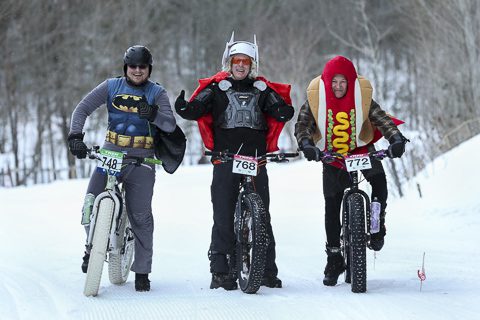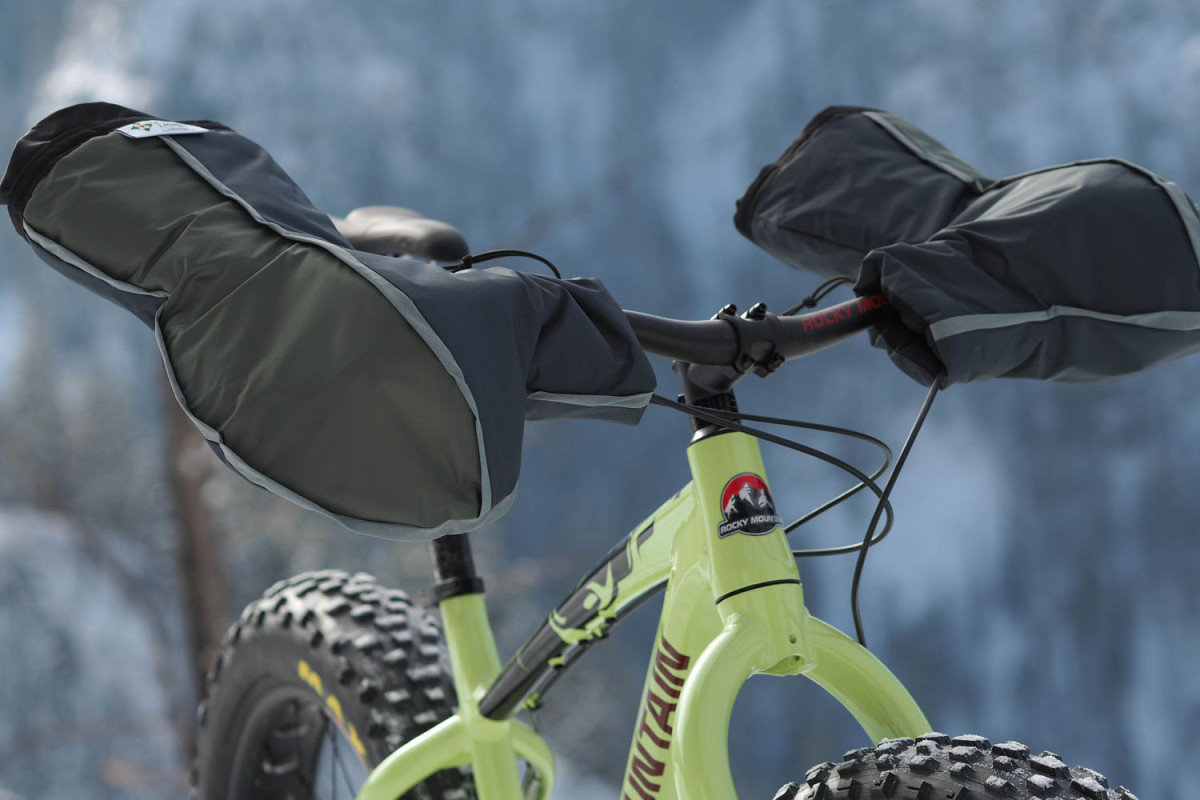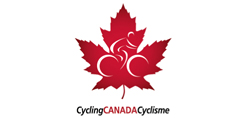As the 3rd installment of our beginner-focused series of winter riding tips, we offer a few tips on how to stay warm and comfortable when the temperature gets very low.
The place to start is your body core. That is where your heat is generated. You’ve probably heard that layering is way to go, but what does layering mean in practice? The key is moisture management. Water has a higher heat capacity than air, and will suck heat out of your body. That’s why a damp overcast day at 2 degrees can feel colder than a dry sunny day at minus 10. So to stay comfortable, you need to keep water (your sweat) away from your skin.
Start with a good base layer. The base wicks water away from your skin and keep you from getting clammy. Go for something tight fitting to touch your skin everywhere for best wicking effect. The material is important. Cotton is an absolute no-no because it will absorb moisture and saturate and suck warmth from your body. Never wear cotton, for any layer. Wool works well and so do good synthetic base layers, which wick better than wool for high output activities. Synthetics are durable – my favourite Craft base layers are 15 years old and still going strong. Some people prefer the feel of wool, and also it tends to smell better – or more accurately – not smell as bad. Modern synthetics are far, far less smelly than the original polypropylene base layers of decades past.

Next you need an outer layer – usually a shell. Its job is to cut the wind, while still allowing moisture transport to the outside air. It doesn’t have to be form fitting, but you don’t want big air gaps either. You also want it big enough to allow a mid-layer if necessary. Cut is important here. A good cut allows free movement during activity. When descending, your arms be extended so make sure your shell is long enough to cover your back when you are leaning your rear end behind your saddle. A shell may also have some stretch fabric to allow a good fit and free movement at the same time. This is more important for activities like cross-country skiing, where you are moving your arms a lot all the time, but it is something to keep in mind if you want to use the shell for both. Some shells are lined with a thin fleece for extra warmth. Which shell is right for you is going to be a matter of personal preference and may depend on the conditions. Armpit zips can be very nice on many rides as they can start off closed and then be opened to vent heat and moisture once your body warms up and you start sweating.
In the coldest conditions you may want to add a mid-layer, especially if you are not riding hard. The mid layer adds warmth by trapping air, while allowing moisture transport. The mid layer does not have to be thick to add significant warmth, and a thinner layer is less restrictive. Three layers are usually the most that are needed for high output activities like fat biking. It is possible to use a very warm layer, like a puffy jacket, as either a mid-layer or outer layer, but these are very warm and do not transport moisture well. Puffy jackets that can pack down small can be a nice thing in your pack for either an after-ride chat or when you need to stop to fix a flat.
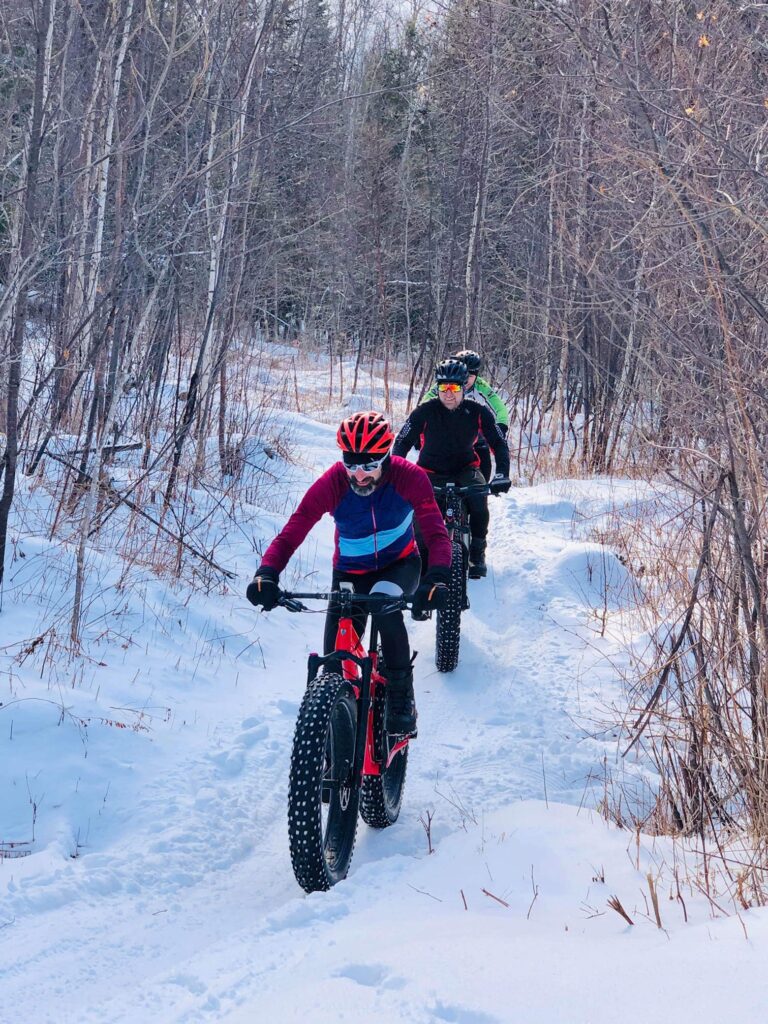
Avoid overdressing – there’s a temptation to dress warmly with extra layers to be safe – but don’t do it. When you stop to take off your extra layer, you will freeze in that moment when your wet base layer is exposed to the cold air and wind. It can be hard to recover from that chill! Instead, it is better to underdress and take an extra layer with you. If you are too cold, you won’t be sweaty, and when you stop to add that extra layer, you won’t get the chill of cold air on wet clothes. You will warm up much faster after adding an extra layer against dry skin. Before you leave the house, try to get the right the right combination of layers for transporting moisture during your ride.
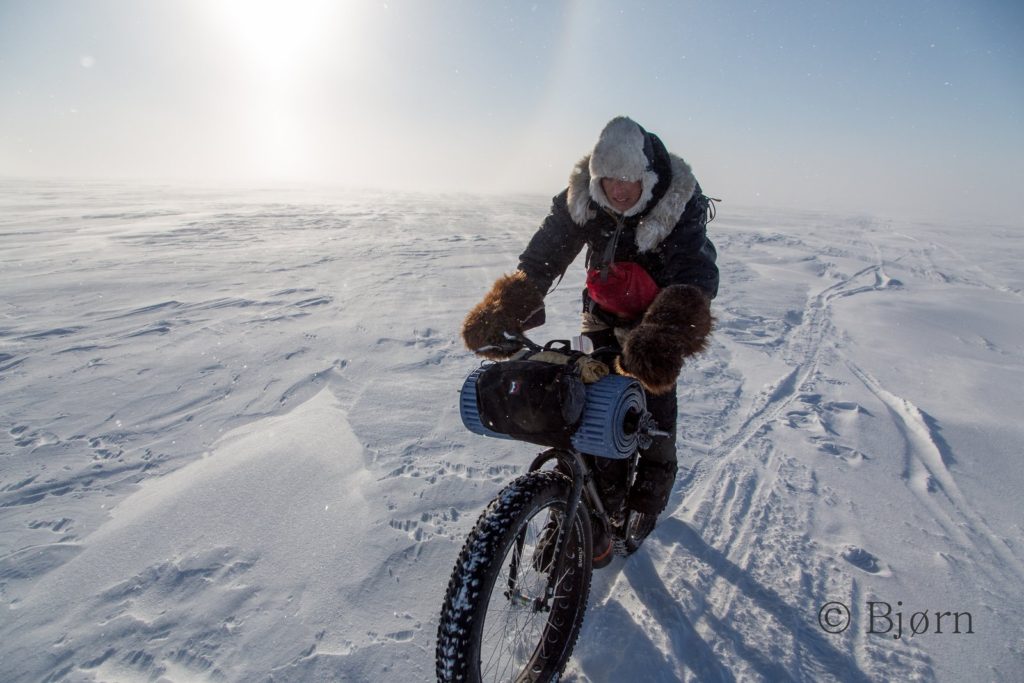
For your head, a wind-proof hat that is thin enough to fit under your helmet is the place to start. You can add a Buff or balaclava to keep your neck warm. Depending on the size of your helmet, you can layer them both in colder weather or for lower effort rides. Eyeballs get cold, so wearing glasses to keep the wind out is an option. On very cold days, consider ski goggles, These are a bit awkward—they can bump against your helmet—but they are very effective at keeping your face warm. Unfortunately eyewear fogs up when you stop moving – so keep moving!
For your legs, you need free movement to spin without catching on your chain and saddle. Most people don’t sweat as much through their legs, so don’t worry as much about being overdressed. Fleece lined tights are a popular choice. Wear a pair of bike shorts on top; the shorts add significant warmth by blocking the wind and most tights don’t have enough pockets.
Lots of people suffer from cold hands. Mitts are warmer than gloves but get in the way when trying to shift and brake. Lobster gloves are a good cycling compromise. Keeping your fingers together keeps them warm, and you can use two fingers on the controls while still gripping the bars effectively with your other fingers. Pogies are an excellent investment for hand warmth. These are windproof covers that are attached to your bars and surround your grips, brake and shift levers. They have an opening at the back to slide your gloved hands into. They were originally designed for cold water kayaking, and have been adapted for riding. These provide excellent warmth and wind protection. Pogies plus gloves provide good warmth for most people even in very cold conditions, and if it gets warmer, you can leave the pogies on and switch to lighter gloves. If you are serious about cold winter riding, pogies are a must!
Your feet don’t work as much riding as they might walking or running, so they aren’t generating much heat. In the winter, flat pedals allow a much wider range of warm footwear. Find the warmest boots that you can pedal in and add a good pair of thick socks. It is possible to buy very warm boots that are adapted for clipless pedal cleats, but they tend to be very expensive. If you still have cold feet, consider hot shots (chemical heat packs).
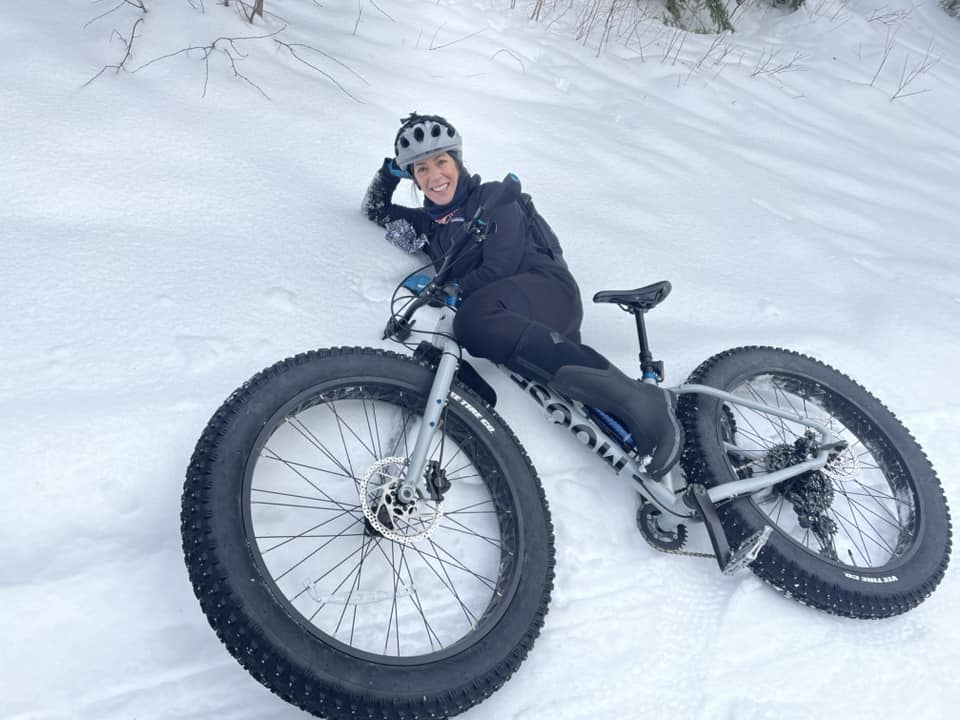
You don’t need to spend a fortune on winter riding clothes. Chances are if you’ve been living in the Maritimes you already have most things you need. It’s just a question of smart assembly!
